- Cash advance max of up to $750 per pay period is the highest in our comparison.
- No mandatory fees and optional, refundable tip option makes accessing cash more financially flexible.
Best Cash Advance Apps in February 2025
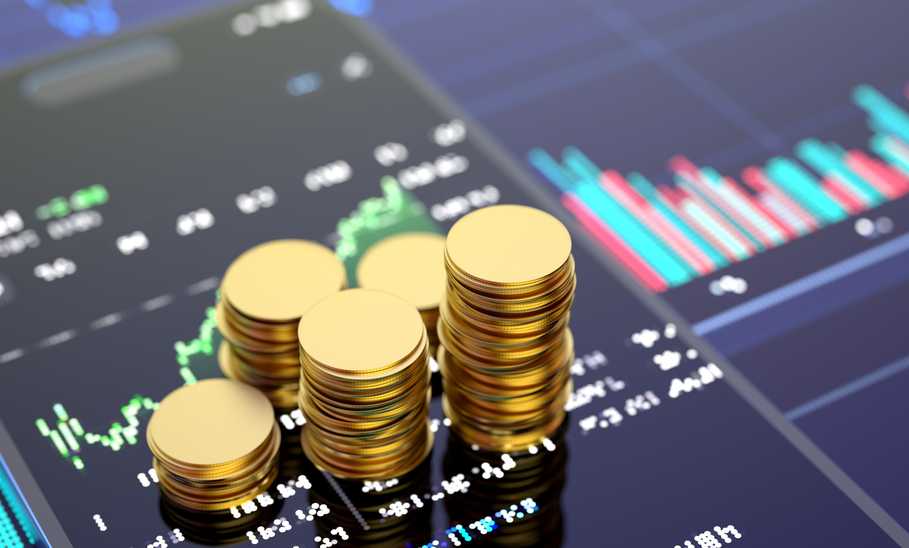

Our evaluations and opinions are not influenced by our advertising relationships, but we may earn a commission from our partners’ links. This content is created by TIME Stamped, under TIME’s direction and produced in accordance with TIME’s editorial guidelines and overseen by TIME’s editorial staff. Learn more about it.
Sometimes, payday just doesn’t come soon enough—and while you may not want to take out a whole loan, you could use a little extra money to float you through the interim. Cash advance apps make it possible to access relatively small portions of your own pay ahead of time: Users borrow money, usually on the order of $10 to $500, for the short term, which is usually automatically withdrawn from their linked bank account when their next paycheck hits.
So how do cash advance apps make money? These days, most are tied to larger money management platforms and budgeting tools that come with monthly membership fees—and if you want to get access to your advance fast, you may pay hefty express delivery fees as well. Read on to learn more about the various features and functionalities of today’s best cash advance apps.
| Cash advance app | Best for | Monthly fee | Express delivery fees | Advance limit |
|---|---|---|---|---|
EarnIn | Higher advance amounts | None, but optional “tips” | Undisclosed | $150 per day/$750 per pay period |
Dave | Low monthly fee | $1 per month | $1.99 to $13.99 | $500 |
Albert | Investment options | $9.99 to $14.99 per month | Undisclosed | $250 |
Empower | App design | $8 per month | $1 to $8 | $300 |
Brigit | Building credit | $8.99 to $14.99 per month | Undisclosed, but free with premium ($14.99 per month) membership | $250 |
MoneyLion | No monthly fee | None | $0.49 to $8.99 | $500 |
Klover | Sweepstakes option | $3.99 per month | $2.99 to $12.29 | $200 |
FloatMe | External transfers | $3.99 per month | $3 to $5 | $50 |
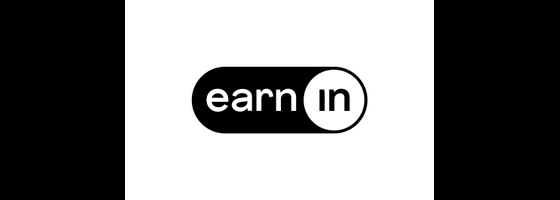
1EarnIn is not a bank. Access limits are based on your earnings and risk factors. Available in select states. Terms and restrictions apply. Visit EarnIn.com for full details 2Expedited transfers available for a fee. Visit Earnin.com for full details.
Offering users the opportunity to cash out up to $150 per work day (up to a maximum of $750 per pay period) as an advance, EarnIn has the highest cash advance maximums on our list by a long shot. We also love that—instead of charging a monthly fee or automatically enrolling you in a money management app that does—EarnIn relies on an optional (and refundable) tipping mechanism to earn money on its cash advance product. Just don’t let our economy’s increasing comfort with tipping relax you into paying too much for your loan, especially a small one.

With a monthly fee of just $1 for its associated Dave Spending Account, Dave’s ExtraCash™ cash advance option comes with one of the lowest ongoing costs in our comparison. Dave Spending Accounts come with a linked debit card that offers up to 15% cash back on eligible purchases and allows you to round up purchase totals for savings.

A simple cash advance is one thing—and budgeting tools are nice, too. But with Albert, you can do it all: banking, automated savings, and even investing, which you can start to build with as little as a single dollar. Albert also offers its “ask a Genius” function to help users get real-time help and financial advice.
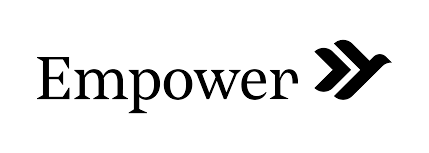
As their moniker suggests, most cash advance apps provide their cash advances through mobile apps, often paired with money management tools that help users track their spending, savings, and more. But if you’re looking for the option with the most pristine-looking app of the ones we’ve analyzed, Empower takes the cake, thanks to its beautiful and easy-to-navigate interface offering credit monitoring, personalizable budgeting, and more.
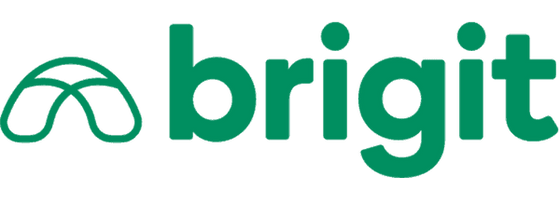
Like all the cash advance apps we reviewed, Brigit doesn’t require a credit check to put money in your pocket instantly—but it does make it easy to build and track your credit over time. The app seamlessly integrates a Credit Builder account that can be opened with as little as $1 per month in deposits. Building your positive credit history in this way can help you successfully apply in the future for a credit card or other loan or line of credit.
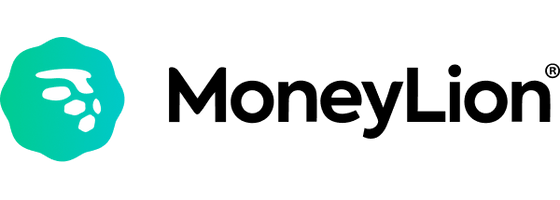
An all-inclusive money management platform with products ranging from money management tools to credit builder accounts and, of course, cash advances, MoneyLion bears the distinction of carrying no monthly fee (at least for its cash advance specifically). Expedited transfer fees—known as Turbo delivery fees—do apply, however, and are slightly higher for those transferring to an external account (rather than a RoarMoney account).
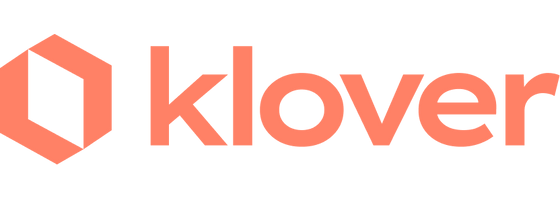
Like other cash advance apps, Klover leverages your future paycheck to put some money in your pocket today, all without credit checks, late fees, or interest. Unlike other cash advance apps, though, Klover integrates Points-earning opportunities as simple as taking surveys and watching ads—and those points can translate to larger cash advances. And thanks to its built-in sweepstakes, one lucky user gets $100 every day the app is functioning, with five additional members getting a $20 gift, just for using the app.
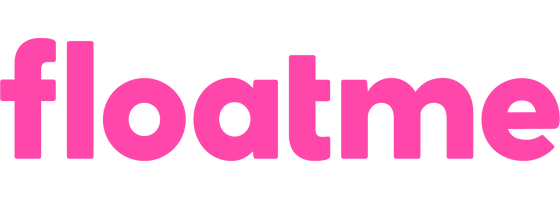
Many cash advance apps want to keep their customers within the ecosystem of their apps and build in proprietary savings and spending accounts for that purpose. FloatMe, on the other hand, defaults to external bank account transfers. Even if you opt for instant transfers, fees are $5 or less.
TIME reviewed eight of the most popular cash advance apps, analyzing data points such as their fees, spend limits, functionality with external banks, additional in-app features, and customer satisfaction via app ratings. We chose best-of categories for each of these apps based on their unique features and which target demographics they might best serve.
With so many cash advance apps on the market, it can be difficult to discern which one is right for you. Here are some features to keep in mind while you shop for your next cash advance.
One of the most important considerations when choosing a cash advance app is how much money you actually need from the advance to meet your financial goals. If you need a larger advance, you will be limited to the apps that offer more substantial advance maximums. For just a few dollars, your range of options may be wider.
Spoiler alert: All cash advance apps are for-profit companies, and they all need to make money. One way that many of them do so is through charging monthly membership fees—either to access the cash advance itself or to maintain an account with the company, often tied to money management tools like a budgeting app or spending and savings accounts.
Always be sure you read all the fine print before choosing your cash advance app so you know how much money you’ll pay for the service of the advance itself—and how much you may be locked into on an ongoing basis.
Some people are simply looking for quick cash, while others may be in need of a more holistic “home base” for their finances including expense tracking, budgeting functionalities, and even an investment platform. Depending on your needs, different apps will appeal to you based on how many additional functionalities they build in. Again, just keep an eye out for monthly membership fees.
While cash advance apps can help in a pinch, if you’re in need of quick cash, there are other options to consider that may make more sense depending on your circumstances.
While even the best credit cards often come with double-digit interest rates (which will be listed in your credit card agreement as APR), if you pay off your balance in full each and every month, you’ll never pay interest on your purchases. What’s more, you may already have a credit card available, avoiding the need to sign up for a new cash advance app and its attendant monthly membership fee. That said, falling into high-interest credit card debt is all too easy. If you can’t pay off the balance in full each month, you need to proceed with caution. We therefore recommend credit cards with 0% APR interest, up to a number of months.
Personal, unsecured loans don’t require collateral (unlike, say, mortgage loans or auto loans). For that reason, they can generally be used to pay for just about anything. If you need a larger amount of money than cash advance apps offer, a personal loan might be your best bet. Again, beware of high interest rates—and more stringent qualification requirements. (Almost all personal loans require a credit check, unlike cash advance apps.)
Ideally, emergency funds should come from an emergency savings account that you’ve built up over time. (In a truly ideal world, that account has some three to six months’ worth of living expenses for you to draw from in case of a true financial crisis.) Of course, the world we live in is not ideal. If you, like many Americans, are living paycheck-to-paycheck, perhaps this is a good time to start stashing away toward this goal. Even a small savings habit builds up over time, especially if you’re consistent.
Curious to know more about cash advance apps? Here’s the scoop.
A cash advance app is an app or web platform that offers short-term loans designed to tide users over until payday. In many instances, the loan amount is automatically withdrawn from your bank account, or “settled,” the day your next paycheck hits your account.
Cash advance apps often allow users to access cash advances without credit checks, interest, or late fees, but may come with monthly membership fees to access their money management tools, spending accounts, or simply to have your account open at all.
Cash advance apps leverage your upcoming paycheck to allow you to access smaller amounts of money—usually between $10 and $500—before payday. Once your next payday arrives, the amount is often automatically withdrawn from your linked bank account. However, you may also be subject to expedited transfer fees or an ongoing monthly membership fee.
Because cash advance apps leverage your upcoming paycheck to lend you money, they are similar to payday lenders—but they aren’t technically issuing you a loan. Many cash advance apps are not technically banks or financial institutions, though they may be partnered with banks, and advances are not the same as loans.
Cash advance apps are best used if you need only a small amount of money that you know your next paycheck will cover—and if you can find an app that doesn’t charge high fees for external or expedited transfers. If, on the other hand, you’re looking for an all-inclusive money management platform, and you’re willing to pay a monthly membership, it may make more sense to find the platform that works best for you first—and scope out its cash advance products from there.
While drawing from a robust emergency fund is the best way to cover an unexpected expense, cash advance apps can be a lower-cost alternative to personal loans or high-interest credit cards. However, keep in mind that monthly membership fees may apply—and may be high enough to cost well over $100 per year if you don’t cancel.
There are a wide variety of cash advance apps on the market today, and most make the advance process as easy as entering your demographic information and linking your bank account. (Few require a credit check to qualify.) However, delivery times vary, and it may be as long as several days before the advance hits your bank account—unless you pay express transfer delivery fees that can eat substantially into your advance. It’s worth shopping around for the lowest fees possible.
Apps like Klover, Brigit, Dave, Empower, FloatMe, and many others offer instant access to cash advances from your upcoming paycheck. The cash will be settled, or paid back, from your bank account once your next paycheck hits.
None of the cash advance apps we analyzed have a maximum as high as $1,000. EarnIn offers users the opportunity to take out up to $750 per pay period in cash advances, and several of the apps have maximums of $500.
Cash advance apps are constantly evolving, and new ones come out all the time. Many allow for external transfers to bank accounts and through Cash App, including Dave and EarnIn.
You don’t. While it’s popular for peer-to-peer cash transfers and payment requests, Cash App does not offer a consistently available cash advance product at the time of this writing.
The information presented here is created by TIME Stamped and overseen by TIME editorial staff. To learn more, see our About Us page.



